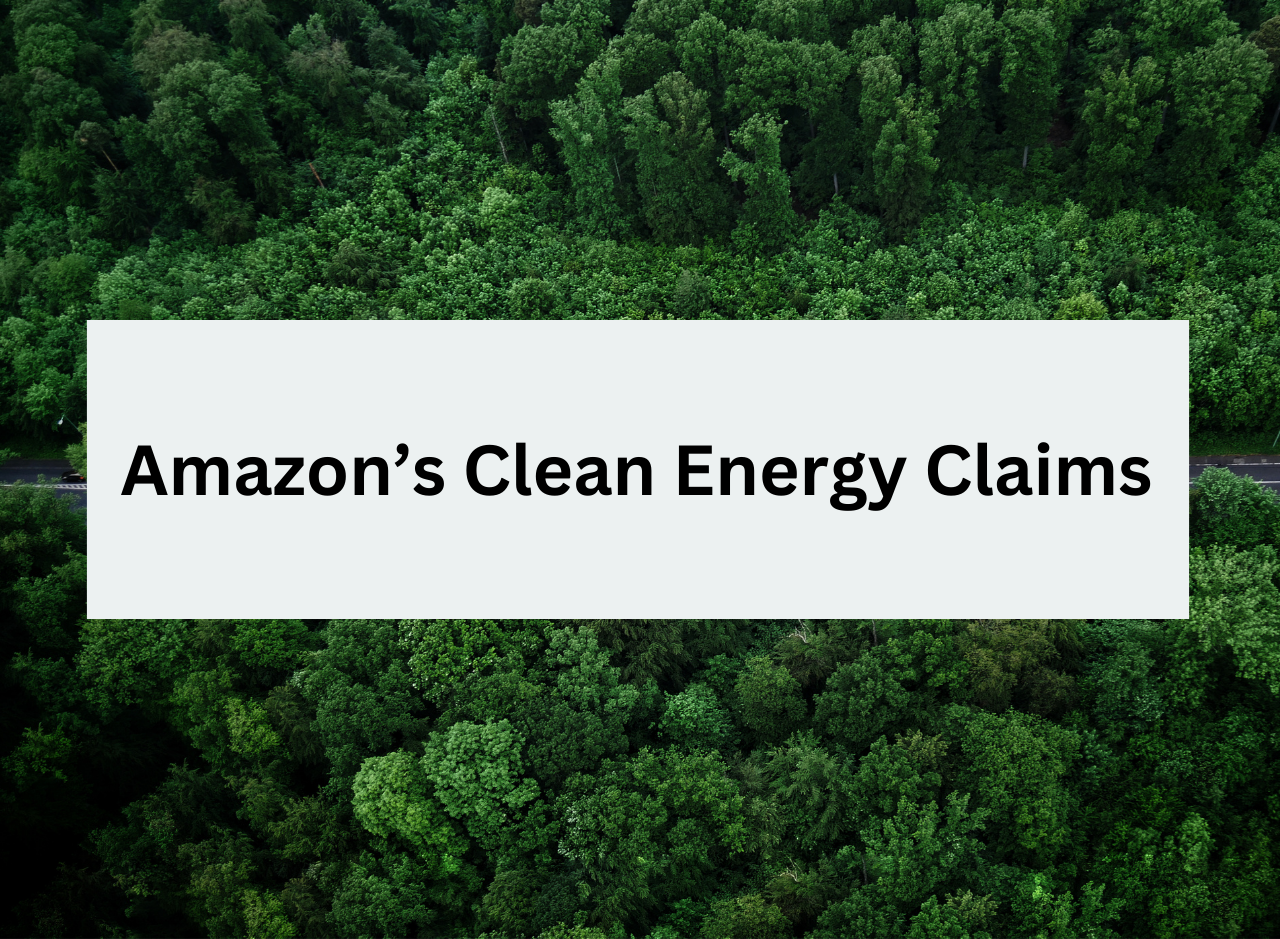In recent news, Amazon proudly announced that it has achieved its goal of sourcing all of its power from clean energy sources, reaching this milestone an impressive seven years ahead of schedule. On the surface, this achievement sounds like a monumental success, positioning Amazon as a leader in corporate sustainability. However, environmental groups and experts have raised significant concerns, accusing the tech giant of distorting the truth behind its clean energy claims.
Amazon’s Clean Energy Announcement
Amazon’s claim revolves around its billion-dollar investments in over 500 solar and wind initiatives globally. According to the company, the energy generated by these projects matches the electricity consumption of its vast network of data centers. This would imply that Amazon’s operations are powered entirely by clean energy, a commendable feat if true.
But critics argue that this claim is not as straightforward as it appears. The clean energy generated by Amazon’s initiatives does not flow directly into the company’s operations. Instead, it is fed into general power grids, which also contain energy from non-renewable sources like coal, oil, and natural gas. As a result, the energy powering Amazon’s data centers is not exclusively from renewable sources.
The Role of Renewable Energy Certificates (RECs)
A significant part of Amazon’s clean energy claim is based on its use of Renewable Energy Certificates (RECs). These certificates represent proof that one megawatt-hour (MWh) of electricity was generated from a renewable energy resource and was fed into the grid. Companies like Amazon purchase RECs to offset their carbon footprint, claiming that by buying these certificates, they are supporting the production of renewable energy.
However, environmental experts argue that the use of RECs can be misleading. While purchasing RECs allows companies to claim that they are investing in renewable energy, it does not guarantee that the actual energy they use comes from clean sources. As long as fossil fuels remain a part of the energy mix on the grid, the electricity consumed by Amazon’s data centers cannot be entirely clean.
The Criticism from Environmental Groups
Environmental groups, including Amazon Employees for Climate Justice, have voiced concerns about Amazon’s clean energy narrative. They argue that the company’s heavy investments in data center expansions are still heavily reliant on fossil fuels, including coal, oil, and gas. These critics claim that Amazon is using clever accounting and marketing tactics to make its environmental impact appear more positive than it actually is.
Leah Stokes, an associate professor of environmental politics at UC Santa Barbara, highlighted the limitations of RECs, stating, “Buying a bunch of RECs doesn’t help anything. You just have to be investing in real projects.” This sentiment is echoed by many environmental advocates who believe that true progress in clean energy requires tangible investments in renewable infrastructure rather than relying on financial instruments like RECs.
The Importance of Transparency in Corporate Sustainability
The controversy surrounding Amazon’s clean energy claims underscores the importance of transparency in corporate sustainability efforts. While any movement towards clean energy should be applauded, it is crucial that companies provide clear and honest information about their environmental impact. This includes outlining the specific sources of energy used and being upfront about the limitations of their green initiatives.
Simon Fischweicher, a director at the nonprofit CDP (formerly known as the Carbon Disclosure Project), emphasized the need for companies to be transparent in their sustainability reporting. He stated, “A company needs to actually outline; what are the sources that you are accounting for in that calculation?” Without such transparency, there is a risk that companies could mislead the public and investors about their true environmental impact.
The Broader Implications for Corporate Responsibility
As the demand for clean energy and sustainable business practices continues to grow, companies face increasing pressure to demonstrate their commitment to environmental responsibility. However, the case of Amazon highlights the potential pitfalls of corporate greenwashing—when companies exaggerate or misrepresent their environmental efforts to appear more eco-friendly than they are.
In the era of climate change, it is more important than ever for companies to take meaningful action towards reducing their carbon footprint. This includes not only investing in renewable energy projects but also being honest about the challenges and limitations of these efforts. By doing so, companies can build trust with their stakeholders and contribute to a more sustainable future.
Conclusion
Amazon’s claim of achieving 100 percent clean energy is a significant milestone in the company’s sustainability journey. However, the concerns raised by environmental groups and experts suggest that the reality behind this claim is more complex than it appears. As consumers and investors, it is important to critically evaluate such claims and demand greater transparency from companies about their environmental impact.
The path to a sustainable future requires more than just bold claims; it demands real, measurable action and a commitment to honesty and transparency. Only then can we truly make progress in the fight against climate change?


